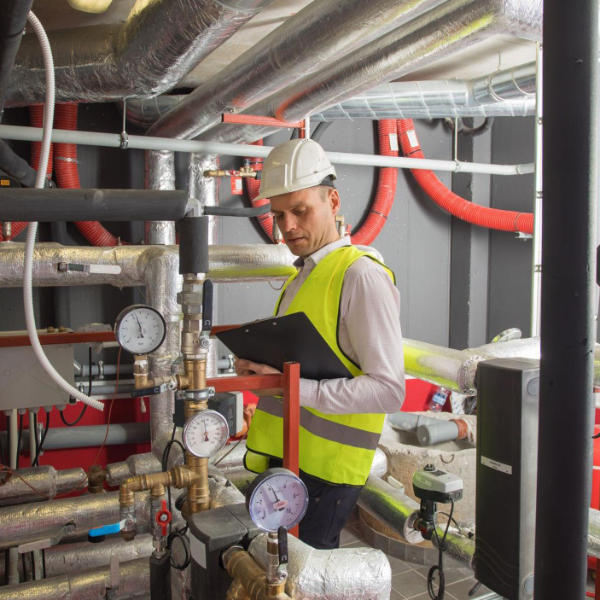Sustainable heating facilities in Arnhem and Velp neighbourhoods

Sustainable heating facilities in Arnhem and Velp neighbourhoods
Witteveen+Bos has investigated the possibilities for the transition to a sustainable heat supply for several neighbourhoods in Arnhem and Velp. These are often neighbourhoods where an initial model-based analysis (e.g. the Start Analysis by the Netherlands Environmental Assessment Agency) does not provide an unambiguous or conclusive answer to the question of which energy system is the most suitable. A more detailed analysis is then desirable.
Witteveen+Bos can map out the energy and insulation issues accurately through GIS analyses, context and policy analyses, stakeholder interviews and house inspections. We then use this to determine which individual and collective energy systems are most likely to be able to meet (future) heat demand. We also consider the financial, legal and socio-economic aspects.
'In order to determine promising strategies, a good balance needs to be found between the wishes of the residents, the municipality and the network operator and the technical, economic and practical feasibility.'
Custom-made work
In determining promising strategies, a good balance needs to be struck between the wishes of residents, the municipality and the grid manager, and the technical, economic and practical feasibility. Customisation is required for each district or neighbourhood: an approach with individual energy systems may be appropriate for one area, as it is in the Wellenstein neighbourhood. In others a collective solution may be more desirable, as in the Hoogkamp and Sterrenberg neighbourhoods.
An important role is played by the trade-off between insulation and the replacement of delivery systems, versus the extent of the supply temperature. In many cases there is also a lack of heat sources or a heat network, so that innovative collective solutions are explored and elaborated.
Neighourhood analyses
For example, in the neighbourhood analyses we also considered the combination of a heat and cold storage system (WKO in its Dutch acronym) with solar collectors, a local heat network and a central heat pump, as in the Elswijde and Sterrenberg neighbourhoods. In the Heijenoord neighbourhood we investigated the feasibility of an Ecovat, a heat storage system. Sometimes it is still too early to make a final decision on any future heat supply. In the Sterrenberg neighbourhood, for example, we did recommend reserving space for a possible heat network during the planned sewerage replacement. This adaptive approach helps municipalities to make decisions for the future based on (un)certainty.
Participatory process
In the Elsweide, Wellenstein and Velp-Zuid neighbourhoods, the Van Hall Larenstein and HAN universities of applied sciences, Peeze Koffie, Intratuin, the residents’ association(s) and the Vivare housing corporation have all been closely involved in a study into making the energy supply more sustainable. The potential of possible transition paths was explored in a participatory process with all those involved. Our approach focuses both on technology, finances, local interests and wishes, as well as on the ultimate policy. With this Witteveen+Bos supports local councils in their implementation of the transition vision for heat and the neighbourhood plans.